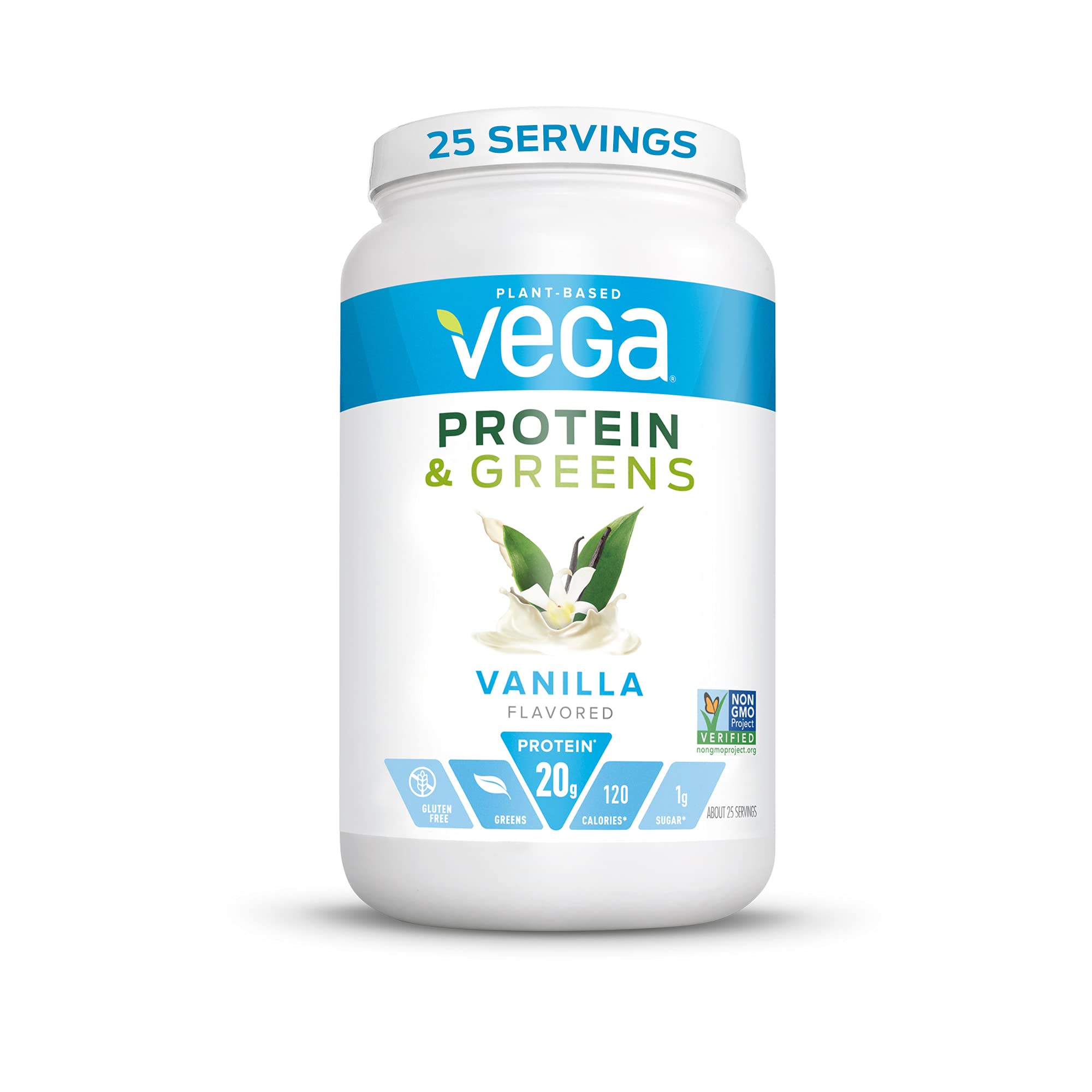
Here are some important points to remember when creating a raw foods diet. Avoid garlic, onions, and potato. These foods are dangerous for your health. Second, make sure that all ingredients in the raw food diet recipe are organic. Organic ingredients will ensure that you are not exposed to chemical preservatives.
Incorporating grains into a homemade raw food recipe
Raw food diets are a great option for dog owners who wish to provide a healthy, balanced diet. To make a complete meal, you can use fruits, vegetables, and nuts. This diet is very flexible, as you can change the ingredients from batch to batch.
Avoiding garlic
You may be curious if garlic is allowed to be eaten if you are on a raw food diet. It can be added to many recipes, which is a good thing. It can be used in marinades, soups and stews as well as tomato sauces and soups. It not only adds great flavor and health benefits to many dishes. Roasting garlic will allow you to enjoy the delicious taste and aroma of the herb without having it in your food. To roast it, cut off the top of the garlic, drizzle with olive oil and wrap in foil.

Avoiding onions
You may think onions are bad for you, but they are actually great for your health. Polyphenols in onions help fight cancer and lower blood pressure and triglyceride levels. Red onions have more flavonoids than yellow onions, so you can increase your onion intake. There are also phytochemicals in onions that can be used to treat gastrointestinal conditions. They can reduce your risk of getting gastric ulcers.
Avoiding potatoes
For many reasons, it is a good idea not to eat potatoes raw. The solanine contained in raw potatoes can cause severe side effects. This chemical can cause a range of unpleasant symptoms, including nausea, abdominal bloating, and headaches. Raw potatoes can also increase your chance of getting foodborne illness.
Insufficient variety in raw food diet
The only downside to eating raw foods is the lack in variety. The lack of variety can be limiting, particularly when it comes to social settings. People don't like eating raw food, so it's not always feasible to eat them. There are many options to make your raw food more varied.
Some raw foods contain salmonella bacteria
A new study indicates that some commercial raw food diet recipes contain Salmonella bacteria. The authors analysed samples taken from raw food diets that were created in Calgary, Alberta as well as Mississauga and Ontario. Researchers collected samples from commercial raw food diets and sent them to a lab at the Canadian Research Institute for Food Safety for analysis. Of the samples that were analyzed for Salmonellae, 21 were found to contain the bacteria.

Supplements
It is essential to include supplements in your raw food diet. Supplements are great for digestion and can prevent many illnesses. Kelp, nature's multivitamin, is the best supplement for raw foods. It has trace amounts of essential vitamins and minerals as well as some essential amino acids. It can also aid in bone health.
FAQ
Take herbs and other supplements to improve your immunity
It is possible to boost immune function by using herbs and natural remedies. Some common examples include garlic, ginger, oregano oil, echinacea, ginkgo biloba, and vitamin C.
These herbal remedies should not be used in place of conventional medical treatment. Side effects include nausea, dizziness and stomach cramps.
Do I have to count calories?
You might be asking "What is the best diet?" or "is counting calories necessary?" The answer to this question depends on many factors, including your current health, your personal goals and preferences, as well as your overall lifestyle.
The Best Diet for Me - Which One is Right For You?
The best diet is dependent on my current health status, personal goals, preferences, and overall lifestyle. There are many options, both good and bad. Some diets work better than others. So what do I do? How do I make the right choice
These questions are addressed in this article. This article begins with a brief overview of the various types of diets that are available today. The pros and cons of each diet are then discussed. Finally, we'll discuss how to select the best one.
Let's first take a look at different diets.
Diet Types
There are three main types of diets: low fat, high protein, and ketogenic. Let's briefly discuss them below.
Low Fat Diets
A low fat diet is a diet that restricts the amount of fats consumed. This is achieved by reducing saturated fat intake (butter, cream cheese etc.). They are replaced by unsaturated fats such as avocados, olive oil, and cream cheese. Low fat diets are often recommended to those who wish to lose weight quickly. This type of diet can lead to constipation and heartburn as well as indigestion. In addition, it may lead to vitamin deficiencies if a person doesn't get enough vitamins from their food.
High Protein Diets
High protein diets reduce carbohydrates to favor of proteins. These diets typically have more protein than other diets. These diets are designed to build muscle mass and help you burn more calories. One problem is that they may not provide adequate nutrition to someone who needs it. Also, they tend to be very restrictive, so they aren't suitable for everyone.
Ketogenic Diets
The ketogenic diet is also known by the keto diet. They are high in fat, moderately high in protein, and low in carbohydrates. They are commonly used by athletes and bodybuilders as they allow them to train harder, longer and without feeling fatigued. However, they must be used with caution to avoid nausea, headaches and fatigue.
How can I get enough vitamins
Your diet can provide most of your daily requirements. Supplements are an option if you are low in any vitamin. A multivitamin supplement can provide all the vitamins you require. You can also get individual vitamins at your local drugstore.
Talk to your doctor if there are any concerns about getting adequate nutrients. Dark green leafy vegetables like spinach, broccoli and kale, as well as turnip greens and mustard greens such as turnip and mustard greens and bok choy, are rich in vitamins K & E.
Ask your doctor if there is any doubt about how much vitamin you should be taking. Your medical history and your current health status will help you determine the best dosage.
Statistics
- Extra virgin olive oil may benefit heart health, as people who consume it have a lower risk for dying from heart attacks and strokes according to some evidence (57Trusted Source (healthline.com)
- According to the 2020 Dietary Guidelines for Americans, a balanced diet high in fruits and vegetables, lean protein, low-fat dairy and whole grains is needed for optimal energy. (mayoclinichealthsystem.org)
- The Dietary Guidelines for Americans recommend keeping added sugar intake below 10% of your daily calorie intake, while the World Health Organization recommends slashing added sugars to 5% or less of your daily calories for optimal health (59Trusted (healthline.com)
- In both adults and children, the intake of free sugars should be reduced to less than 10% of total energy intake. (who.int)
External Links
How To
What does "vitamin" actually mean?
Vitamins are organic compounds naturally found in food. Vitamins help us absorb nutrients from foods we eat. The body cannot make vitamins; therefore, they must be obtained from food.
There are two types vitamins: water soluble or fat soluble. Water-soluble vitamins dissolve easily when they are dissolved in water. These include vitamin C (thiamine), Vitamin B1 (riboflavin), Vitamin B2 (riboflavin), Vitamin B3 (niacin), Vitamin B6 (pyridoxine), Vitamin C, B1 (thiamine), Vitamin B2 (riboflavin), Vitamin B3 (niacin), and Vitamin B6 (pyridoxine). The liver and fatty tissue are the main storage places for fat-soluble vitamins. You can find vitamin D, E K, A and beta carotene as examples.
Vitamins can be classified by their biological activity. There are eight main groups of vitamins.
-
A – Essential for normal growth, and the maintenance of good health.
-
C – essential for proper nerve function.
-
D - Essential for healthy teeth and bones.
-
E - Required for good vision, reproduction.
-
K - Essential for healthy muscles and nerves.
-
P - vital for building strong bones andteeth.
-
Q - aids digestion, absorption and absorption iron
-
R is required for the production of red blood cells.
The recommended daily intake (RDA), of vitamins varies with age, gender and physical conditions. The U.S. Food and Drug Administration has established the RDA values.
For example, the RDA for vitamin A is 400 micrograms per dayfor adults 19 years or older. Pregnant women require 600 micrograms daily to support fetal development. Children ages 1-8 require 900 micrograms per day. For infants younger than one year, 700 micrograms are required daily. However, this number drops to 500 micrograms each day for children aged 9-12 months.
Children aged 1-18 years need 800 micrograms daily, while children overweight require 1000 micrograms per days. Children who are severely obese or underweight will need 1200 micrograms each day.
Children ages 4-8 years who have been diagnosed with anemia need 2200 micrograms per day of vitamin C.
2000 micrograms is the minimum daily intake for general health in adults older than 50 years. Because of their higher nutrient needs, women who are pregnant or nursing need 3000 mg per day.
Adults over 70 years of age need 1500 micrograms per day since they lose about 10% of their muscle mass each decade.
Women who are pregnant or nursing need more than the RDA. Pregnant mothers need 4000 micrograms per daily during pregnancy and 2500 after giving birth. Breastfeeding moms need 5000 micrograms per daily when breastmilk production occurs.